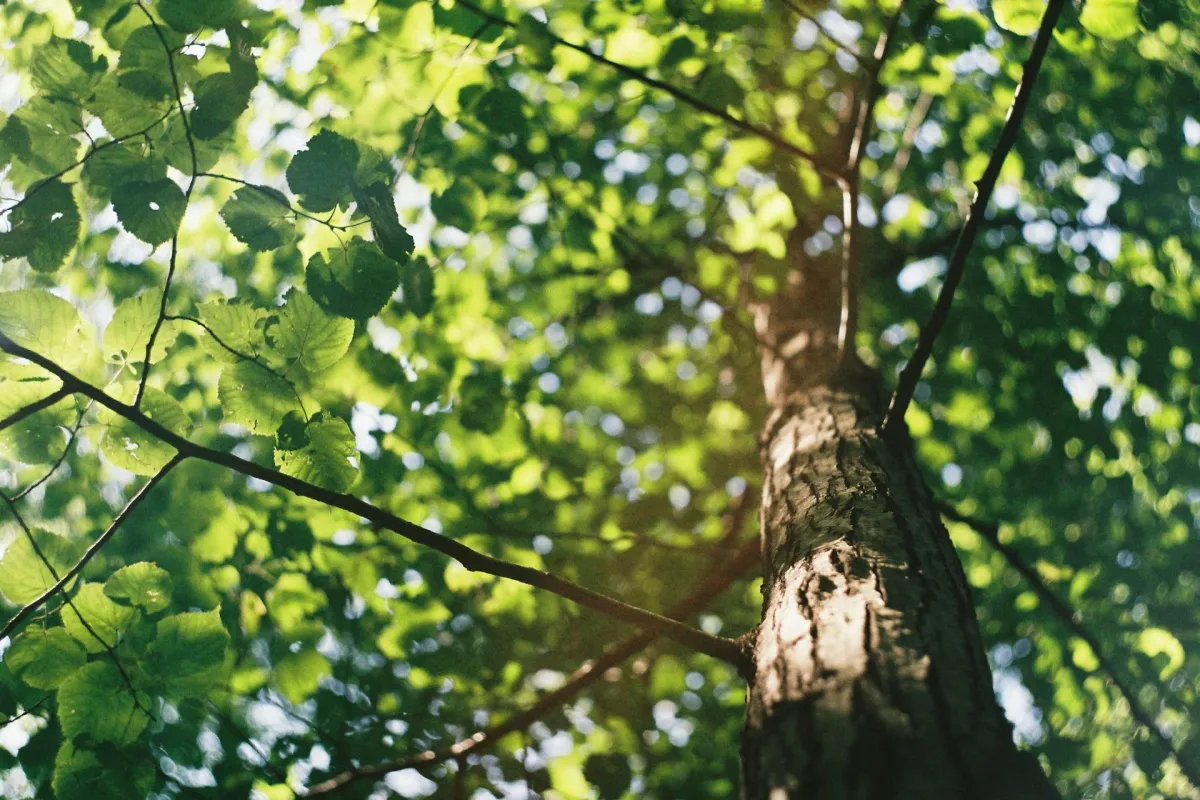
Tree Blog
Our Blog

Effective Tree Pruning and Trimming Techniques: Boost Your Landscape's Health and Aesthetic Appeal
Trees play a significant role in maintaining the beauty and overall health of our landscapes. Therefore, proper tree care, including regular pruning and trimming, is necessary to ensure long-lasting results and a visually appealing environment. In this blog, we'll explore tree pruning and trimming techniques and their benefits, discuss vital factors to consider when planning your tree care routine, and outline how professional tree care services can help optimize your landscape's health, safety, and aesthetic appeal.
Pruning and trimming contribute to the health and aesthetics of trees by addressing dead branches, promoting growth, increasing sunlight penetration, and reducing the risk of disease and pest infestations. Additionally, proper pruning techniques can enhance structural strength and mitigate potential safety hazards, such as falling branches due to storms or high winds. Developing an effective tree pruning and trimming plan is essential for maintaining attractive and safe landscapes.
Various tree pruning and trimming techniques are designed to optimize different aspects of tree health and aesthetics, including crown thinning, crown raising, crown cleaning, crown reduction, and structural pruning.
Factors to Consider When Planning Tree Pruning and Trimming
Before embarking on your tree pruning and trimming journey, it's essential to consider various factors that contribute to the success and safety of your project:
1. Tree Species: Different tree species have unique growth patterns, pruning requirements, and resilience levels. Research the specific needs and potential risks associated with your tree's species to tailor your pruning approach accordingly.
2. Age and Size: Younger trees are more adaptable to pruning and can recover quicker. However, larger, more mature trees may require specialized equipment and techniques to ensure safety and minimize damage.
3. Timing: The best time for tree pruning and trimming varies by species and your desired outcomes. Typically, late winter or early spring is optimal, as trees are dormant and can better recover from pruning. However, some species, like flowering trees, may benefit from pruning at different times during the year.
4. Technique: Select the appropriate pruning technique based on your goals and the specific needs of the tree species in question.
Essential Safety Measures for Tree Pruning and Trimming
Adhering to safety measures during tree pruning and trimming projects is crucial in preventing accidents and promoting overall success. Key safety practices include:
1. Personal Protective Equipment: Always wear appropriate personal protective equipment (PPE), such as gloves, safety glasses, and a hard hat.
2. Tool Maintenance: Properly maintain your tools by cleaning, sharpening, and inspecting them regularly for signs of wear.
3. Ladder Safety: Ensure your ladder is stable and set at the correct angle when pruning or trimming trees from height.
4. Clear the Area: Inspect the surroundings and remove any potential hazards or obstructions before pruning.
5. Avoid Power Lines: Always maintain a safe distance from power lines when pruning or trimming trees. If your tree is too close to a power line, contact a professional for assistance.
6. Expert Assistance: If you're unsure about your ability to prune or trim safely, seek help from a professional tree care service.
Achieving Long-Lasting Results and Aesthetic Appeal
Follow these tips to ensure that your tree pruning and trimming efforts result in lasting beauty and tree health:
1. Make Clean Cuts: Use sharp, clean tools to make cuts that prevent the tearing or fraying of branches.
2. Cut at the Collar: Prune branches at the branch collar, which is the swollen area where the branch connects to the trunk. This promotes quicker and more natural healing.
3. Avoid Topping: Refrain from topping – the act of cutting a tree's main branches back – as this can lead to weak, unstable growth and increased risk of decay.
4. Adopt a Holistic Approach: Implement a well-rounded tree care routine that includes proper fertilization, watering, and pest management to complement your pruning and trimming efforts.
Hiring a Professional Tree Care Service: Maximize Tree Health, Safety, and Aesthetic Appeal
When it comes to tree pruning and trimming, partnering with a professional tree care service is an excellent decision. Skilled professionals offer several advantages, including:
1. Expertise: Trained professionals possess the knowledge and experience to implement the most effective pruning and trimming techniques tailored to your tree species, goals, and landscape.
2. Safety: Professional tree care services adhere to strict safety measures and possess the necessary equipment to complete your pruning and trimming projects safely and efficiently.
3. Efficient Solutions: Professional tree care services can help you design and execute a comprehensive tree care plan that optimizes tree health, safety, and aesthetics.
4. Long-term Preservation: Expert tree care providers can recommend and implement appropriate pruning and trimming techniques that promote tree longevity and resilience to environmental stressors.
Conclusion
Tree pruning and trimming play a crucial role in maintaining the health, safety, and aesthetic appeal of your landscape. By understanding the factors that contribute to effective pruning, adopting proper techniques, adhering to safety measures, and enlisting the help of a professional tree care service, you can achieve remarkably beautiful and thriving landscapes for years to come.
Our team at Sioux City Tree Co. is committed to providing exceptional tree pruning and trimming services tailored to your unique needs, ensuring that your tree care routine is as effective, safe, and rewarding as possible.
Home | Get a Quote | Privacy Policy | Contact | Blog
©2024 Sioux City Tree Co® - All rights reserved.
Created by Showcase 712